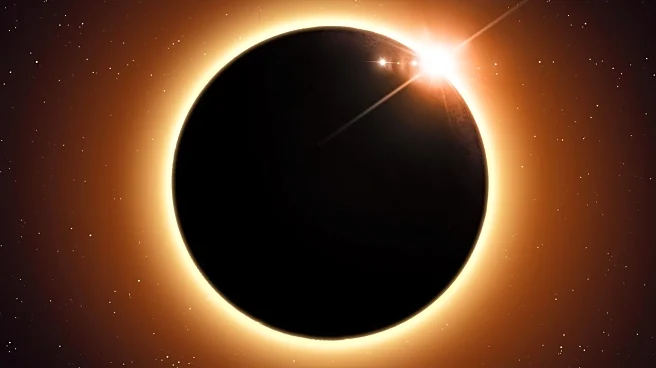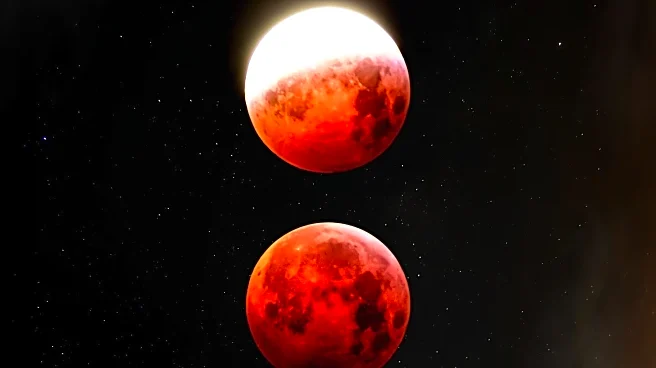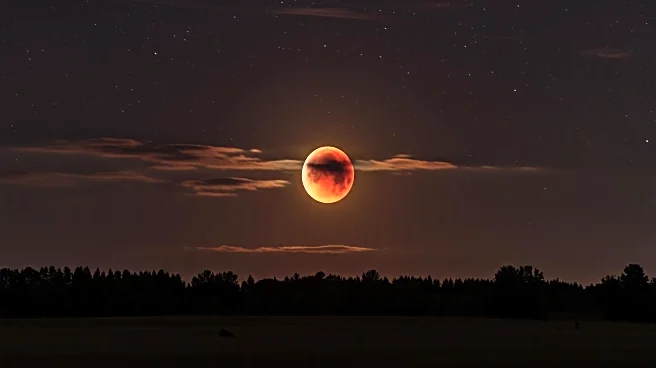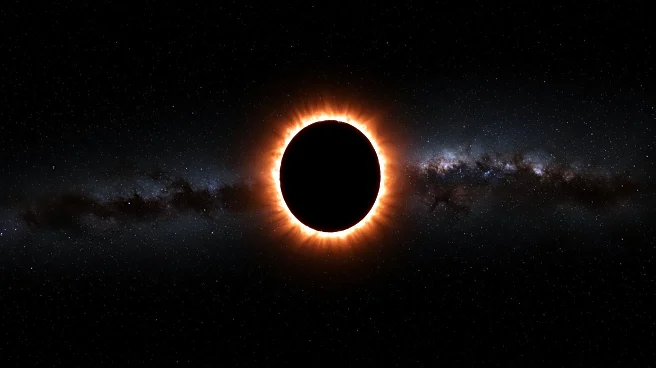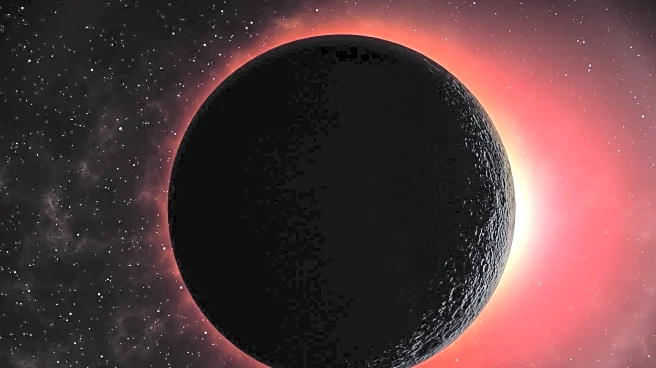What's Happening?
A partial solar eclipse is set to occur on September 21, 2025, but it will not be visible from Michigan or most of the United States. According to NASA, the best viewing locations for the eclipse will be in the remote South Pacific Ocean, near Antarctica, and south of New Zealand. The eclipse will be visible in Australia, Antarctica, and parts of the Pacific and Atlantic Oceans. For those in Michigan, the eclipse can be viewed online through a livestream provided by Time and Date.
Why It's Important?
Solar eclipses are significant astronomical events that offer opportunities for scientific observation and public engagement. While this particular eclipse will not be visible in the U.S., it highlights the global nature of astronomical phenomena and the importance of international collaboration in space science. The event also serves as a reminder of the upcoming total solar eclipse in August 2026, which will be visible in parts of Europe, Africa, and North America, providing a chance for broader public participation and scientific study.
What's Next?
Following the partial solar eclipse in September 2025, the next major solar event will be an annular solar eclipse on February 17, 2026. Additionally, a total solar eclipse is scheduled for August 2026, with visibility in Greenland, Iceland, Spain, Russia, and parts of Portugal. These upcoming eclipses will offer further opportunities for scientific research and public engagement, with potential viewing events and educational programs planned in various locations.
